Why you should always catch up with your customers’ expectations
As consumers, we constantly look for better and faster experience. In the early days of the internet, we expected and accepted to wait from a few seconds to a few minutes before our browser would show any content. Today, waiting a couple of seconds for our social feed to load is a frustrating experience. Considering that the signal goes from the phone to the outer space before getting back to the phone, waiting would be a logical thing. But humans don’t work that way: as soon as you have experienced something better, it becomes a benchmark for every future experience.
Michael Eysenck explains this human behavior with the Hedonic Treadmill theory. With the simple postulate that desire is infinite in itself, each stimulus we encounter throughout our life has an effect that slowly fades out to return to a more neutral state.
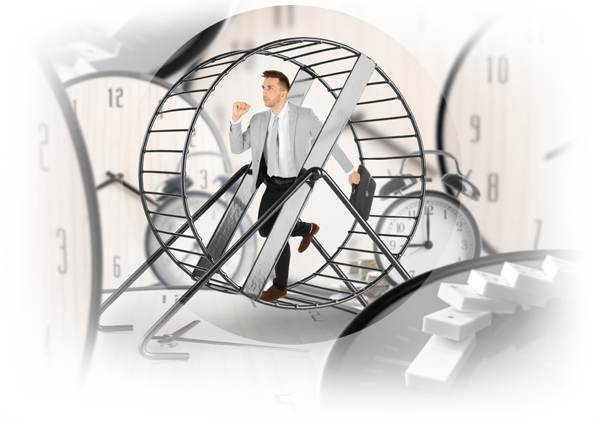
For example, a salary raise would have a positive impact on someone’s level of happiness, but such effect would eventually disappear as the person gets used to this new level of income.
In a similar fashion, when we, as consumers, benefit from a new positive experience (faster delivery, more personalized response, more convenient communication channel), we tend to enjoy the effect for a short period of time (resulting in a higher customer satisfaction or NPS for the brand), but quickly return to our usual level of happiness.In the same time, what once was an exceptional experience has become our new benchmark for quality service. The next time we get in touch with a company, we expect to enjoy at least the same level of service.
What makes it more difficult is that such expectation is not limited to the brand that originally performed the service. Quickly, we consider that if company A can offer a fast, personalized and convenient service, any other company should be able to offer the same thing, regardless of the industry concerned.
When Uber’s response time is 5 minutes, when Amazon makes it fast and easy to order and receive your items, when Buffer responds on all channels you would expect and when Netflix knows exactly what you will enjoy watching before you even know it, your customer experience reaches new heights. As a result, your overall level of expectations increases, and you become more demanding with all other brands.
As we become less forgiving, what do we most expect as consumers?
In this new digital world, there are three things we now expect to be a given anytime we contact a company. It has to be convenient, it has to be fast, and it has to be seamless.

Convenient means that consumers no longer want to fit in the little boxes companies have outlined for them: they expect companies to adapt to their Omni-digital lifestyle so they could decide when and where to contact them. As 80% of adults use messaging apps on a daily basis to communicate with their peers, it can be frustrating to switch back to traditional channels when contacting a brand.
Fast means that consumers no longer want to wait for weeks, or even days, to get a response. In this new digital world, things happen instantaneously. If your taxi app can respond in minutes, so should your bank, insurance or travel agent.
Seamless means that consumers expect their experience to be consistent across channels. 58% of consumers are frustrated with inconsistent experiences across channels. Each brand should have a unified voice, regardless of the channel used to ask a question, the answer should be similar across all channels. Similarly, 89% of consumers feel frustrated by having to repeat their issue multiple times. Regardless of the communication method, the experience has to be smooth.
Unfortunately, there is a glass ceiling which brands quickly reach when trying to delight their customers. This obstacle is technological silos: it is hard to provide a convenient, fast and seamless experience across the board when customer service representatives are spread across different teams working with different tools.
The cloud is more present than ever for customer services around the world, and such a glass ceiling should slowly disappear and allow the brand to be closer to their customers and catch up with their always evolving expectations. Some digital customer care platforms enable companies to go over the obstacle and satisfy their customers.

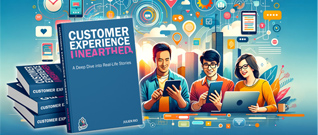

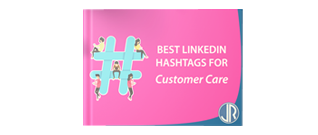

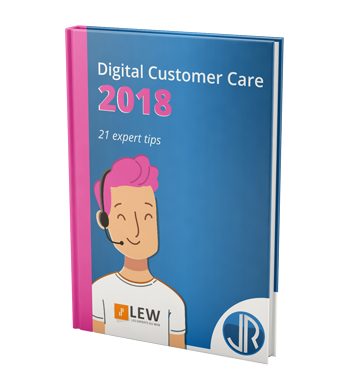
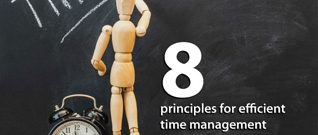
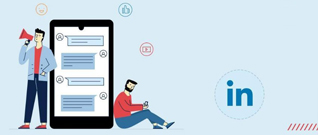

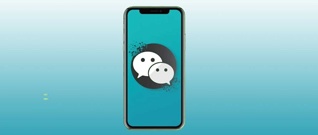
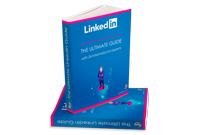
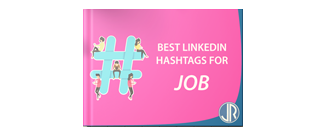


 Français
Français English
English